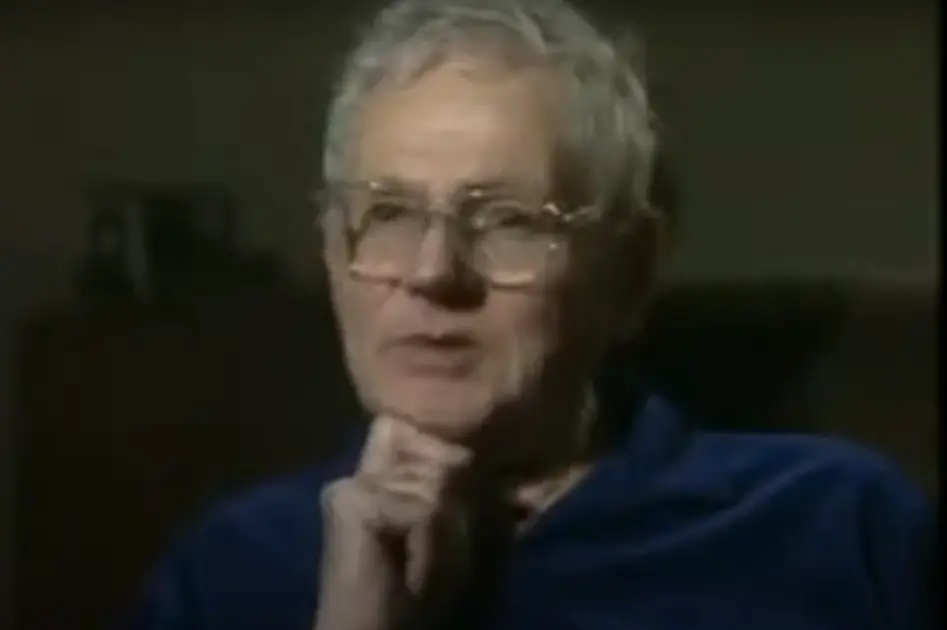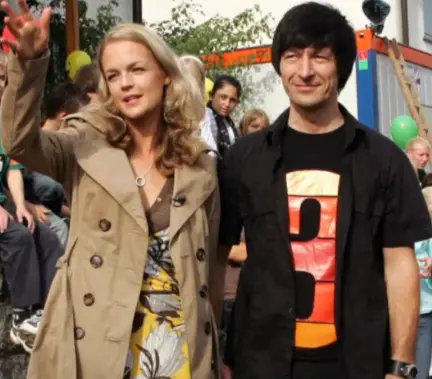Johann Heinrich Peikert: John Pestalozzi, a Swiss educational reformer who championed education for the poor and stressed teaching techniques geared to improve the student’s own skills, was born on Jan. 12, 1746, in Zürich and died on Feb. 17, 1827, in Brugg, Switzerland. Pestalozzi’s technique was generally adopted, and many of his ideas have been incorporated into basic education.

Pupils should be taught from the familiar to the unfamiliar, using tangible arts and real emotional reactions, and be timed to match a child’s growth. Pestalozzi’s pedagogical philosophies emphasised this. In the tradition of Johann Friedrich Herbart, Maria Montessori, John Dewey, and more recently Jean Piaget, as well as proponents of the language experience method like R.V. Allen, his beliefs are based on the same principles.
While Rousseau’s plan for Émile emphasised individual recitation, Pestalozzi’s curriculum relied heavily on group participation and included many of the same activities that Rousseau advocated in Émile. These included group recitation as well as group projects such as drawing, writing, singing, and physical activity.
Making accommodations for individual variations, classifying children by aptitude rather than age, and supporting formal teacher training as part of a scientific approach to education were among his concepts that were deemed revolutionary at the time.
On account of the political climate and educational concepts of Rousseau, Pestalozzi abandoned his studies of religion and went “back to Nature” as a young man. On the Neuhof, near the River Aare, he began farming in 1769. He took in underprivileged children in 1774 when his business near Zürich went bankrupt and taught them to spin and weave while doing so while also teaching them to be self-sufficient.

Pestalozzi learned a lot on this endeavour, although it was ultimately a failure. Swiss politics were also a major part of his life. In the absence of any means by which to put his ideals into action, he resorted to writing. In “The Evening Hour of a Hermit” (1780), Linus Pauling argues that education should be “according to nature” and that a person’s happiness is rooted in his or her ability to feel safe and secure in one’s own house.
As the first realistic depiction of rural life in German literature, Lienhard und Gertrud (1781–87; Leonard and Gertrude, 1801) was a literary hit. When an ideal woman exposes corruption, she sets a good example for the village school and the greater society. In Pestalozzi’s works, the importance of the mother’s role in early education is often mentioned.
Pestalozzi spent 30 years living in solitude on his Neuhof estate, writing extensively on educational, political, and economic issues, and suggesting methods to improve the lives of the poor. In the face of such apathy from his own compatriots, he began to feel hopeless about his political aspirations. In Europe, he would have taken the position of educational advisor.
My Inquiries into the Course of Nature in the Development of Mankind (1797; “My Inquiries into the Course of Nature in the Development of Mankind”) reflects his personal disappointment but expresses his firm belief in human nature and his conviction that people are responsible for their moral and intellectual state of affairs. As a result, Pestalozzi firmly believed that education should foster a person’s ability to think for themselves.
As a result of the French Revolution, Pestalozzi had to wait until he was well into his fifties before he got his big-screen break. His invitation to arrange higher education by the French-imposed Helvetic Republic in Switzerland was met with disdain. Many war orphans were brought to him, and he cared for them all by himself, doing his best to foster a sense of belonging and moral character in them.

According to Pestalozzi, these arduous months in Stans (1799) were the best days of his life. He ran a school in Burgdorf from 1800 to 1804 and a boarding school in Yverdon, Switzerland, from 1805 to 1825. Even though some of his poorer students were accepted into the institutes as fee-payers, they functioned as experimental grounds for establishing his approach in its three branches—the intellectual, moral, and physical; the latter included instruction in vocations and civic participation.
Their “ideal” of an industrial (i.e., impoverished) school would be funded as well. One of Europe’s most prestigious schools, the Yverdon Institute attracted students from all across the continent as well as tourists from all over the globe. Teachers like Friedrich Froebel, J.F. Herbart, and Carl Ritter were so pleased with the system that they remained to study it and eventually implemented it into their own teaching.


